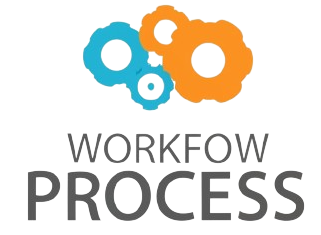Huawei’s new open-source software tool revolutionizes AI chip optimization for enhanced performance. As artificial intelligence continues to become a driving force in technology, the demand for efficient and powerful AI chips grows rapidly. Huawei has introduced an innovative open-source software solution designed to streamline the process of optimizing AI hardware, particularly focusing on maximizing the potential of AI chips. This tool enables developers and researchers to fine-tune chip performance without needing deep hardware expertise, making advanced AI optimization more accessible. In this article, we will explore how Huawei’s software tool works, its benefits to AI chip development, practical applications, and its implications for the future of AI technology.
Understanding AI chip optimization and its challenges
AI chips are specialized processors tailored to run AI workloads such as machine learning algorithms and neural networks more efficiently than general-purpose CPUs. However, optimizing these chips can be complex due to the need to balance performance, power consumption, and workload-specific requirements.
Traditionally, chip optimization requires extensive domain knowledge, making it a lengthy and costly process. Developers must manually tune parameters, often through trial and error, which slows down innovation.
Real-world example: Consider a company deploying AI in autonomous driving systems. Without optimized chips, the AI algorithms that detect pedestrians or road signs can lag or consume excessive power, reducing vehicle safety and efficiency. Huawei’s software tool automates much of this tuning, ensuring faster inference times and lower energy consumption.
Features of Huawei’s open-source software tool
Huawei’s tool is designed to address the core challenges of AI chip optimization through several innovative features:
- Automated tuning: The tool uses intelligent algorithms to automatically adjust chip parameters for different AI workloads, drastically reducing manual effort.
- Hardware abstraction: It abstracts hardware complexity, allowing developers to optimize chips without in-depth hardware knowledge.
- Open-source collaboration: Being open-source encourages a community-driven approach to improvement, accelerating innovation.
Case study: A startup developing AI-powered medical imaging software leveraged Huawei’s tool to optimize their inference engine across different devices. By using the automated tuning feature, they improved processing speed by 30% and decreased power usage, enabling their app to run smoothly on portable devices like tablets.
Impact on AI chip development and performance
The software tool significantly shortens development cycles and makes AI chip optimization more scalable. It empowers companies to push the boundaries of AI applications by providing better chip utilization and allowing more complex models to be deployed in real-time scenarios.
| Key Metric | Before Using Huawei’s Tool | After Using Huawei’s Tool |
|---|---|---|
| Optimization time | Weeks to months | Days |
| Energy efficiency | Baseline | Up to 25% improvement |
| Performance (inference speed) | Baseline | Up to 40% increase |
Practical scenario: In cloud data centers running large AI workloads, using this tool allows operators to tune thousands of chips quickly and efficiently, reducing operational costs and improving service quality.
Broader implications and future prospects
Huawei’s contribution promotes democratization in AI hardware development, allowing smaller companies and academic researchers access to powerful optimization tools previously available only to large corporations with dedicated teams.
Looking forward, the open-source nature fosters continuous enhancements driven by a global community, potentially integrating AI-driven optimization techniques that adapt in real-time.
Example: Imagine educational institutions using this tool to teach AI hardware design practically, speeding up innovation cycles and attracting new talent to the field.
Conclusion
Huawei’s new open-source software tool marks a significant step forward in AI chip optimization by simplifying complex tuning processes and enhancing chip performance. Its features like automated tuning and hardware abstraction make advanced optimization accessible to a wider audience, ultimately accelerating AI development across industries. Real-world examples from autonomous driving to medical imaging illustrate its tangible benefits, including improved speed, energy efficiency, and reduced development times. The tool not only benefits chip manufacturers and developers but also lowers barriers for startups, researchers, and educational entities. As the AI landscape evolves, this collaborative approach sets a strong foundation for continuous innovation and better integration between software and hardware, impacting the future trajectory of AI technologies positively.
